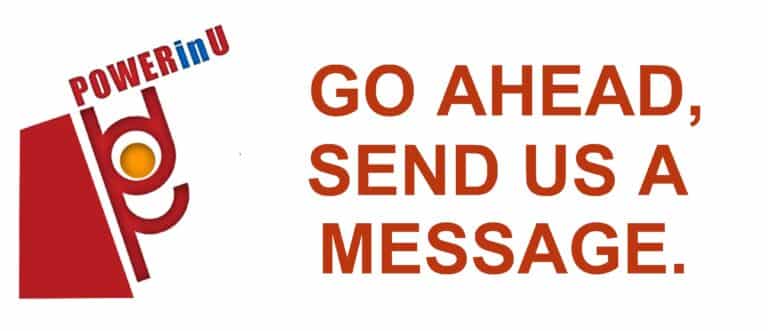
In part 2, I shared about the 6 thinking hats as a tool and method that forces project team members to move outside their habitual thinking style, and to look at things from a number of different perspectives. This allows them to get a more rounded view of the situation. This tool was helpful for the step 1 to conflict resolution, which was to “tackle the problem, not the person”.
We will now move to Step 2 in conflict resolution.
⚙️Step 2: Figure out the Stakeholders’ Interests and Expectations.
There are five important concepts in this step:
- Avoid positional arguments and final decisions
- Determine what others value and need
- Determine what others are willing to contribute
- Manage or facilitate the process
- Be clear about your own goals and priorities
In this article, I’ll briefly explain the first 3 concepts and give possible applications to day-to-day work, or to the problem scenario I outlined in Step 1 involving the QA, Sales and Marketing departments, where the problem was about the testing of a new product – which was delayed by two weeks, potentially delaying the product launch date and affecting a major business goal.
✅ Avoid positional arguments and final decisions
The basic problem in resolving conflicts lies not in conflicting positions but in the conflict among each side’s needs, desires, concerns and fears.
Parties may say “We disagree. I want the time off this weekend, and they want me to work overtime.”
On the surface, this conflict seems like a stalemate. Beneath the positions (solutions), however, are a variety of interests (needs, desires, concerns, fears), and there just might be a solution to meet those interests
✅ Determine what others value and need
Try to answer the question: What do people need for the issue, challenge or problem to be resolved?
If we apply to our problem scenario, it might look like this:
* QA department: critical for test results to be within targets considering risk analysis
* Marketing department: values timely & accurate communication tailored to the company’s market profile
* Sales department: needs to address clients’ reactions and potential sales & business impact
✅ Determine what others are willing to contribute
The key question to answer is: What are people willing to do for the issue, challenge or problem to be resolved?
Again, if we apply to our problem scenario, it might look like this:
* QA department is willing to put in additional resources (i.e. additional people to be assigned to the project).
* Marketing department is preparing a back-up marketing campaign in the event that launch is delayed.
* Sales department is strategizing client communications to manage sales impact.
Determining what each party values and needs, and is willing to contribute, is easier said than done. To arrive at satisfactory answers to the questions above will most likely require us to conduct many interviews and meetings, and to document them.
💡 It is important to document to be able to communicate to all stakeholders a picture of how complex the conflict is, and to create the hope that there is a possible resolution. This document would also serve as the basis to build a collaborative conflict resolution strategy, which would then become the basis for brainstorming win-win solutions.
📚 Reference: original material by Karl Mulle © 2015 ATD
Related posts:

